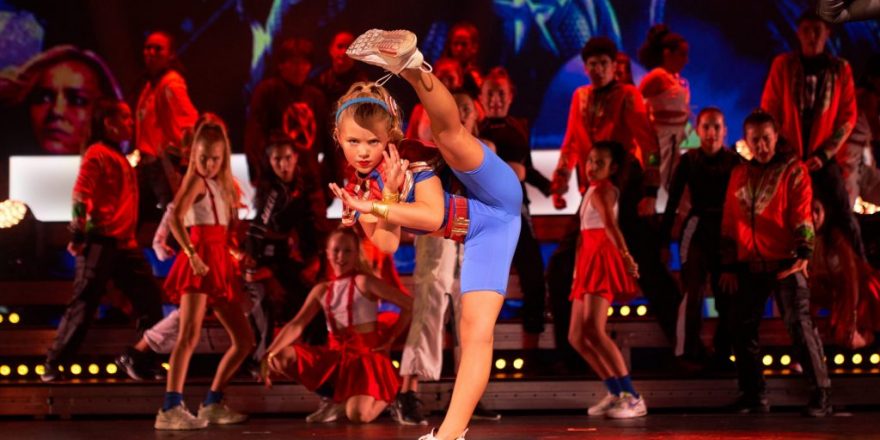The Art Of Drama: Basic Things You Need To Know
Drama is a powerful art form that captivates audiences and evokes strong emotions. Whether you’re an actor, director, or simply a theater fan, understanding the basic elements of drama is essential to appreciate and enjoying the art. This article will provide a brief overview of the key components of drama and what you need to know to get started. See over here to get info about drama classes in Dubai.
Plot and storyline:
The plot and storyline are the foundation of any drama. It is the sequence of events that make up the story and provides the structure for the performance. A well-crafted plot should have a clear beginning, middle, and end, with a series of events that are connected and build toward a climax.
Characters:
The characters in a drama are the people or creatures that drive the story and bring the plot to life. Good characters are complex and multi-dimensional and have motivations, desires, and conflicts. In a drama, the characters interact with each other and the world around them, creating conflict and driving the story forward.
Dialogue:
Dialogue is the spoken words between characters in a drama. It is an essential drama component, revealing the characters’ thoughts, feelings, and motivations. Good dialogue should be natural and believable and reveal character while advancing the story.
Setting:
The drama’s setting is the time and place the story takes place. It can be a specific location or a general atmosphere, and it should enhance the story and provide context for the characters and events.
Staging and blocking:
Staging refers to the physical arrangement of actors and elements on the stage while blocking refers to the specific movements and actions of actors during a performance. These elements are important to consider to create a visually compelling performance and to help convey the story to the audience.
Conflict and resolution:
Conflict is essential to drama, as it creates tension and drives the story forward. Conflict can take many forms, from internal struggles within characters to external conflicts between characters or with the world around them. The resolution of the conflict is the drama’s climax, where the tension is resolved, and the story comes to a close.
In conclusion, you need to know these basic elements of drama. By understanding the plot, characters, dialogue, setting, staging and blocking, and conflict and resolution, you’ll be able to appreciate and enjoy the art of drama in a deeper and more meaningful way.
